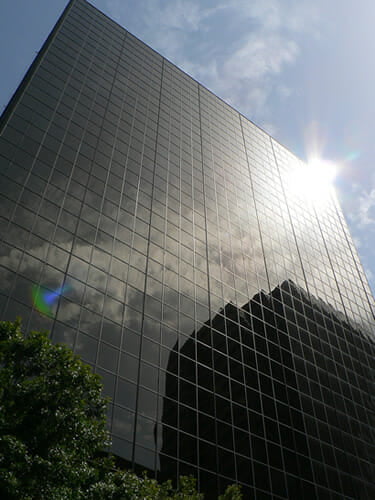People are more productive, satisfied, and safer when they are comfortable. Buildings and urban environments designed with human comfort in mind attract and retain people, which increases the perceived and economic value of the real estate. To help design teams and planners protect and enhance human comfort, we provide services that address many aspects of this key issue.
Daylighting & Shading
It is vital to understand how sunlight interacts with buildings and their surroundings. As part of our daylighting and shading services, we would ask some analysis questions, including:
- How much daylight reaches the ground during different seasons of the year?
- Where will shadows fall?
- How much sunlight will be reflected by a building’s cladding or other surrounding features?
- How much heat from the sun will a building experience?

Outdoor Wind Comfort
Patios, pool decks, and walking areas around your tall building are susceptible to unusual wind conditions created by the building and those nearby. Using qualitative and quantitative methods as needed, we can identify areas at risk of being too windy for their intended purposes. We work with the design team to help prevent and mitigate these risks while protecting the comfort—and sometimes safety—of people using the outdoor walkways, patios, and recreational areas around your building.
Thermal Comfort
Productivity, satisfaction, and even retail sales are affected by the thermal comfort of the people in the area. To protect and enhance human comfort (and, by extension, the property’s value), we assess indoor and outdoor spaces for acceptable temperatures. We account for metabolic rate, clothing insulation, air temperature, mean radiant temperature, air speed, and relative humidity. We compare the results against standards for perceived comfort and help the design team mitigate any potential problems.
Solar Glare & Reflectivity
Sun reflecting off of building glass can be hazardous for drivers. We assess the seasonal sunlight and solar paths, the reflectivity of the building’s cladding, the massing of surrounding buildings, and points or areas of potential concern to help prevent uncomfortable or hazardous glare and specular reflections.

